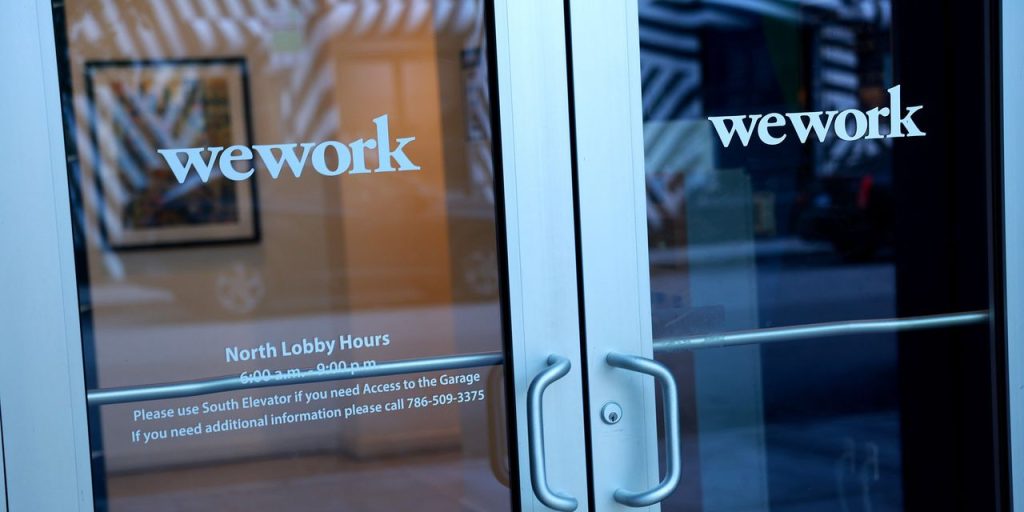Office-sharing company WeWork Inc. filed for chapter 11 bankruptcy protection in New Jersey on Monday, after a decade of financial turmoil and four years since it was valued at $47 billion valuation.
In a statement Monday night, WeWork said it has entered into a restructuring agreement with lenders holding about 93% of its secured notes, to “drastically reduce” its debt load. The company also said it is requesting the ability to reject certain leases, at locations it called “largely non-operational.” Most of its locations will continue to operate as usual.
“WeWork has a strong foundation, a dynamic business, and a bright future,” Chief Executive David Tolley said in a statement. “Now is the time for us to pull the future forward by aggressively addressing our legacy leases and dramatically improving our balance sheet.”
Israeli entrepreneur Adam Neumann co-founded WeWork
WE,
-24.73%
in 2010 in New York City, serving as the fast-growing company’s chief executive until he was ousted nine years later, a rise and fall that inspired the “WeCrashed” miniseries.
Neumann talked often about reinventing the way people work. But his company’s business plan was simple: charge members more for office space than it owed big-time landlords.
At its peak, the company accumulated a nearly $50 billion pile of lease obligations, with a 15-year average life. It has yet to become a consistently profitable business.
Here are the big numbers that help tell WeWork’s story, from a venture-capital darling to the present day:
- $47 billion peak valuation in 2019
- $25 billion owed to landlords in outstanding full-term lease obligations as of this summer
- $15 billion in losses since the end of 2017, per the New York Times
- $12.5 billion in savings on restructured leases from 2019 to 2023
- $9 billion valuation at its IPO via a SPAC merger in 2021
- $6.8 billion in commercial mortgage bonds with WeWork exposure, per KBRA
- $3.3 billion of which is in New York City
- $2.9 billion in long term WeWork debt as of June
- $680 million in liquidity of June
While WeWork has partial ownership in a portfolio of buildings, it has far fewer assets, other than the company’s outstanding lease obligations.
Read: WeWork landlords could see steep losses on any rejected leases in bankruptcy
“Typically when a significant tenant goes bankrupt, they have a pretty clear idea of what leases are profitable and what are not,” said Douglas Mintz, co-chair of the business reorganization group at law firm Schulte Roth & Zabel, in a phone interview.
But the bankruptcy filing of WeWork comes as the value of office buildings, and lease, have rarely been tougher to discern. A few months after Neumann’s exit came the onset of the pandemic. It triggered remote work that emptied out downtowns in many big cities and quickly overhauled how many people spend their workday.
Then came the Federal Reserve’s rate hikes, starting in March 2022, which have made it even harder to finance half-empty office buildings. Barclays recently estimated that any distressed office properties are likely worth only the price of the land or development costs.
Volatility in the 10-year Treasury rate this fall hasn’t helped landlords. The benchmark rate is a peg for new property loans but also for the broader economy.
“The bankruptcy of WeWork will certainly have a negative impact on the market and the ability to finance those buildings, but that pain will not be equally distributed,” said Moody’s Analytics’ commercial real-estate industry practice lead, Jeffrey Havsy, in emailed comments.
Leases in top buildings that remain in high demand might end up producing little fallout to landlords, he said, while also noting that the need “for flexibility” is increasing in the office landscape.
Havsy also said, “taking one data point from a single firm that has struggled for a decade and using that write off the entire sector is a mistake.”
Read the full article here
